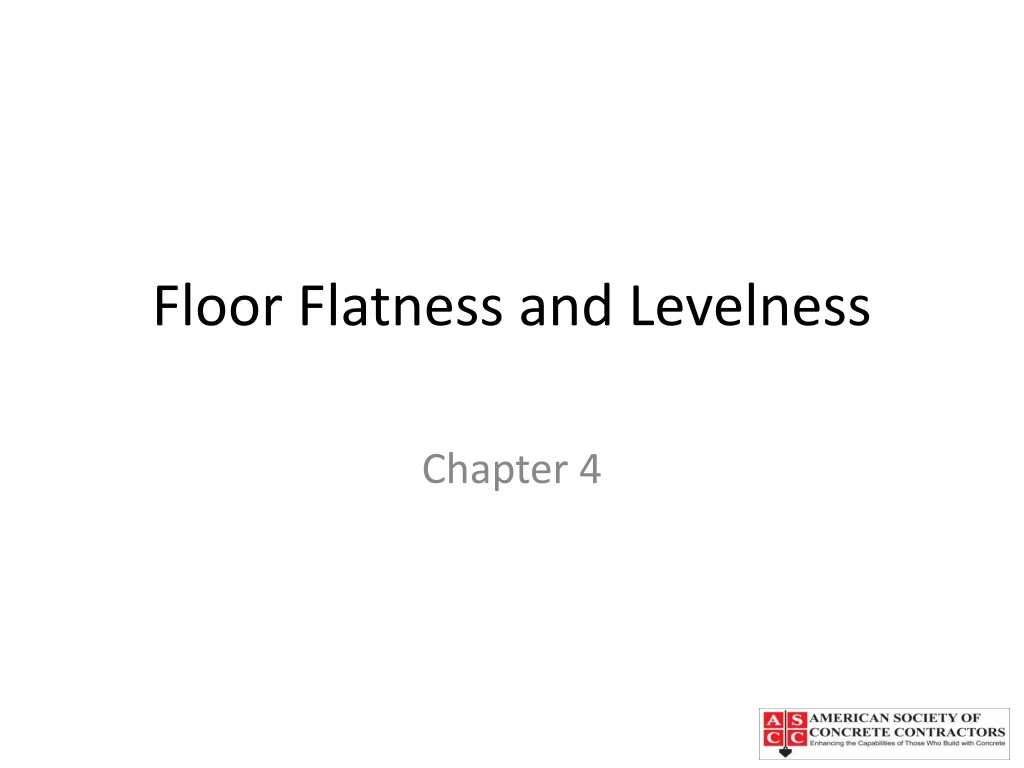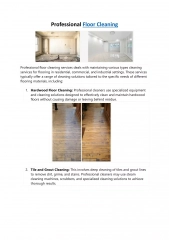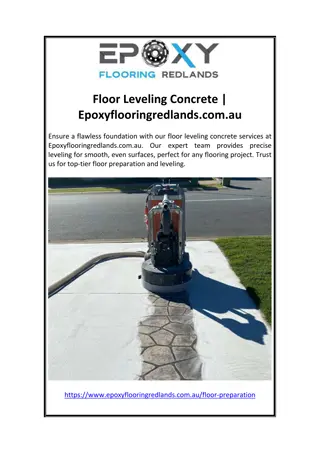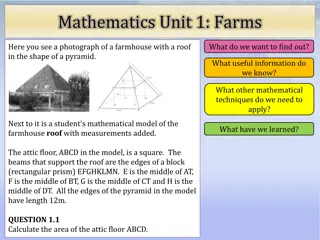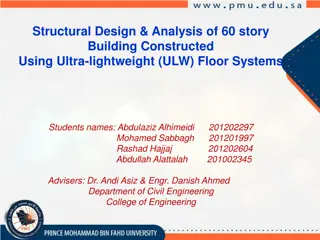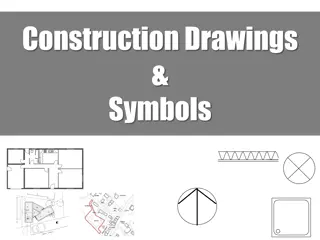Floor Flatness and Levelness in Construction
This content discusses the importance of measuring floor flatness and levelness in construction projects. It covers topics such as the 10 ft straightedge method, the F-number system, factors affecting flatness and levelness, and definitions of flatness and levelness. The content also explains how to measure flatness and levelness using different methods, including the F-number system. It emphasizes the need for accurate measurements to ensure quality floors in construction projects.
Download Presentation

Please find below an Image/Link to download the presentation.
The content on the website is provided AS IS for your information and personal use only. It may not be sold, licensed, or shared on other websites without obtaining consent from the author.If you encounter any issues during the download, it is possible that the publisher has removed the file from their server.
You are allowed to download the files provided on this website for personal or commercial use, subject to the condition that they are used lawfully. All files are the property of their respective owners.
The content on the website is provided AS IS for your information and personal use only. It may not be sold, licensed, or shared on other websites without obtaining consent from the author.
E N D
Presentation Transcript
Floor Flatness and Levelness Chapter 4
Chapter Topics Measuring floor flatness and levelness The 10 ft (3m) straightedge method F-number system Factors affecting floor flatness and levelness
Definitions Flatness Waviness or bumpiness of slab surface Smooth Levelness Tilt or slope of slab surface
Measuring Flatness and Levelness Gap under a 10 ft straightedge Oldest method Measures only floor flatness; not levelness Generally less satisfactory way of measuring F-number system Measures floor flatness and levelness Must be used if floor exceeds 10,000 sf (ACI 301) Measurements in accordance with ASTM standard
The 10 ft Straightedge Method Measured within 72 hours Place an unleveled 10 ft straightedge on slab Rests on two high spots Measure gap at any point under straightedge between two high spots 100% compliance with straightedge not realistic Four out of five measurements more realistic
F-Number System Measure within 72 hours FF floor flatness FL floor levelness To get F-numbers Measure surface elevations at 12 inches on-center FF (bumpiness) calculated over 24 inch length FL (tilt) calculated over 10 ft length F-number pair always written in order: FF/FL Higher F-numbers: the flatter and more level
F-number System Two different sets of F-numbers Specified Overall Value (SOV) Minimum Local Value (MLV) Check specifications for requirements ACI 302 provides recommendations Measure in accordance with ASTM E 1155 FL should not be measured on sloped slabs
Factors Affecting Flatness Concrete workability, finishability, and setting time; The window of finishability Sun, wind, rain, temperature extremes, Amount of sunlight on the slab; Timeliness of concrete delivery; Uniformity of concrete slump, as delivered; Consistency of final setting time; and Site accessibility.
Factors Affecting Levelness Accuracy of edge forms Quality of initial strikeoff Wet screeds are harder to get higher FL Smaller strip placements are easier to get higher FL
